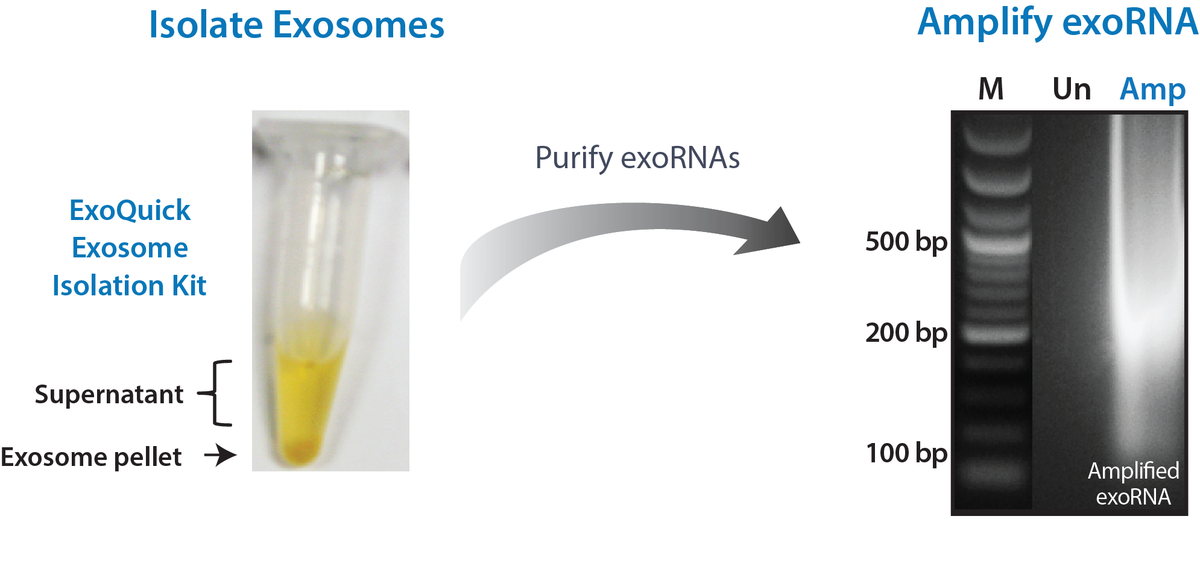Unlocking the Secrets: The Ultimate Guide to RNA Purification Kits
Welcome to the world of RNA purification kits, where the mysteries of extracting high-quality RNA are unlocked through innovative technologies and advanced techniques. As researchers and scientists delve deeper into the complexities of RNA biology, the need for reliable and efficient methods for purifying RNA from various sources has become increasingly important. RNA purification is a crucial step in countless molecular biology experiments, from gene expression studies to RNA sequencing and beyond.
Whether you are a seasoned molecular biologist or a novice in the field, navigating the realm of RNA purification kits can be both daunting and exciting. With a myriad of options available on the market, selecting the right kit for your specific research needs can make all the difference in the success of your experiments. From traditional organic extraction methods to cutting-edge column-based purification systems, each kit offers unique advantages and considerations that can impact the quality and yield of your RNA samples.
Choosing the Right RNA Purification Kit
When selecting an RNA purification kit, it is essential to consider the starting material you will be working with. Different kits are optimized for specific sample types, such as tissue, cells, or blood, so it is crucial to choose one that best suits your experimental needs.
Another important factor to keep in mind is the intended downstream application of the purified RNA. rna extraction kit are designed to yield high-quality RNA suitable for sensitive downstream techniques like RT-PCR or RNA sequencing, while others may be more cost-effective for less demanding applications.
In addition to considering sample type and downstream applications, it is also recommended to assess the overall RNA yield and purity that each kit can provide. Some kits may be more efficient in recovering RNA from small samples, while others may excel in removing contaminants that could interfere with downstream analyses.
Step-by-Step RNA Purification Protocol
To start the RNA purification process, ensure all necessary reagents and materials are at hand. Begin by carefully following the kit manufacturer's protocol for cell or tissue lysis to release the RNA. Next, add the provided binding buffer to the lysate and transfer the mixture to a purification column to capture the RNA.
Following the manufacturer's instructions, wash the column to remove impurities and contaminants, leaving behind the purified RNA. Elute the RNA by adding the elution buffer provided, allowing the RNA to flow out of the column. Finally, quantitate and assess the quality of the purified RNA using a spectrophotometer or other appropriate methods.

Best Practices for RNA Purification
Firstly, it is crucial to always work in a clean and RNAase-free environment when handling RNA purification kits. This helps to prevent contamination and ensures the integrity of the RNA samples throughout the purification process.
Secondly, following the manufacturer's protocol exactly as instructed is paramount for successful RNA purification. Even minor deviations from the protocol can negatively impact the quality and yield of the RNA isolated.
Lastly, storing the purified RNA samples properly at the recommended temperature and using appropriate storage buffers helps maintain the stability and quality of the RNA for downstream applications. Proper storage conditions can prevent degradation and preserve the integrity of the RNA over time.